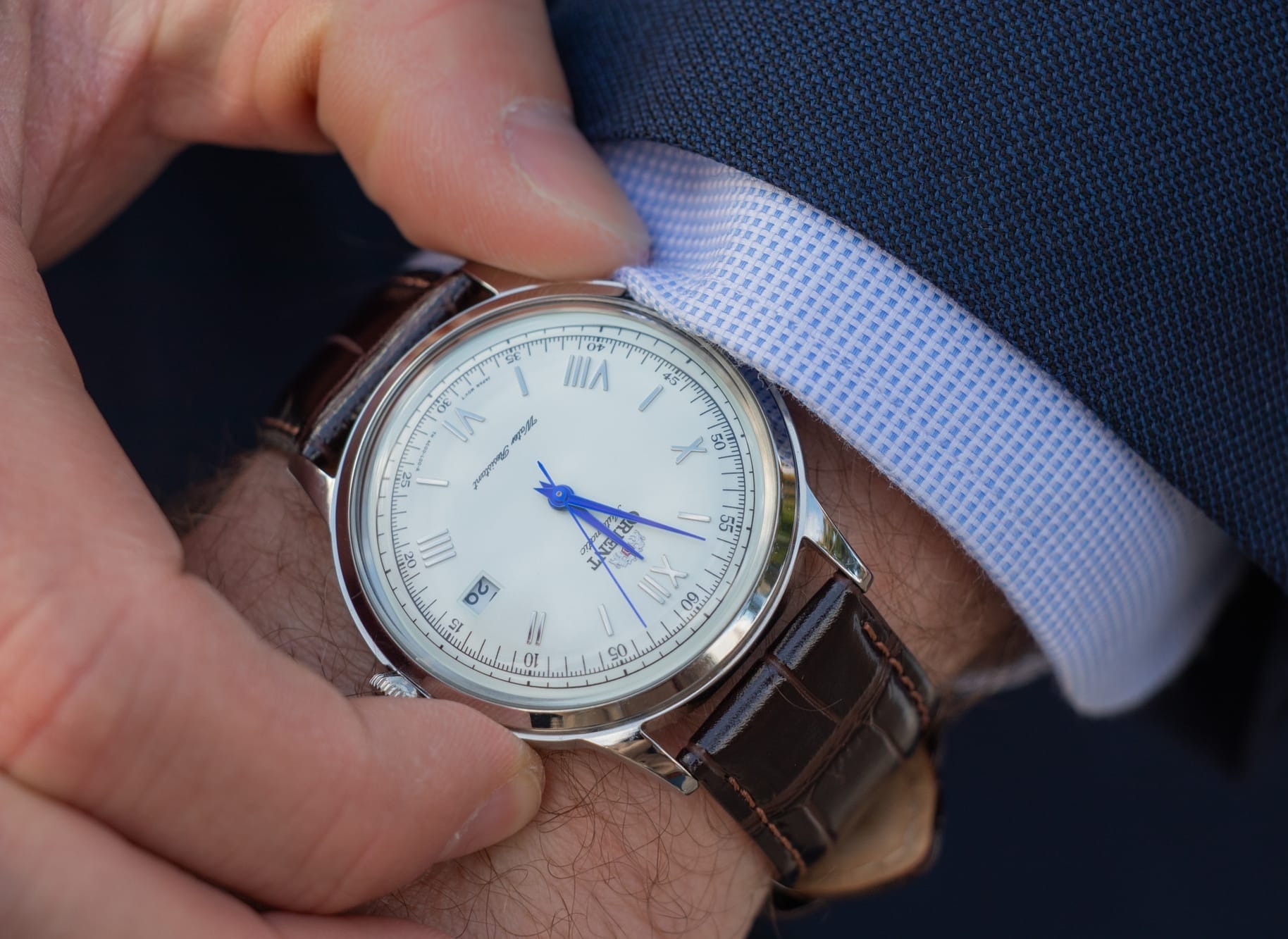
Introduction to Watch Movements
Horology is the scientific study of time, encompassing both the measurement of time and the art of crafting timekeeping devices such as clocks and watches. As one can imagine, this is a vast world unto itself.
There is a great deal that goes into watchmaking. The individual gears and gizmos working together to keep the timepiece "ticking" are, to this day, quite a marvel.
Suppose you are unsure about the various movement types for modern watches. If so, this post is for you, as it will introduce the three types of watch movements you should know before delving into the hobby of starting (or even continuing) to build a personal collection of timepieces.
What Is Movement?
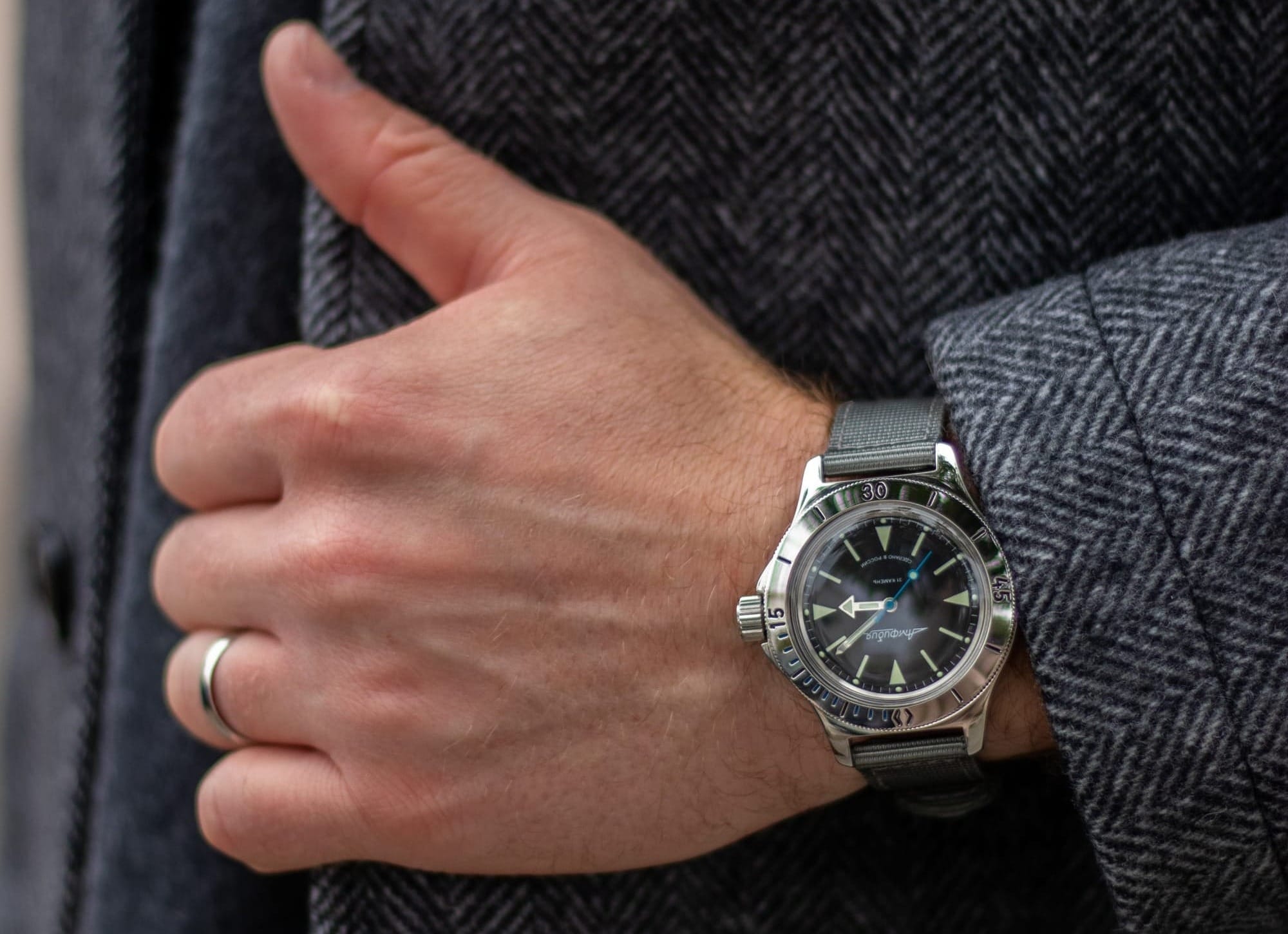
Movement refers to the assembly of components that exist within a watch, allowing it to tell time. Movement is commonly regarded as the "engine" that powers a timepiece.
Watch movements can be categorized into two main types: mechanical movements and quartz movements, each with its distinct characteristics and advantages.
Quartz Movement
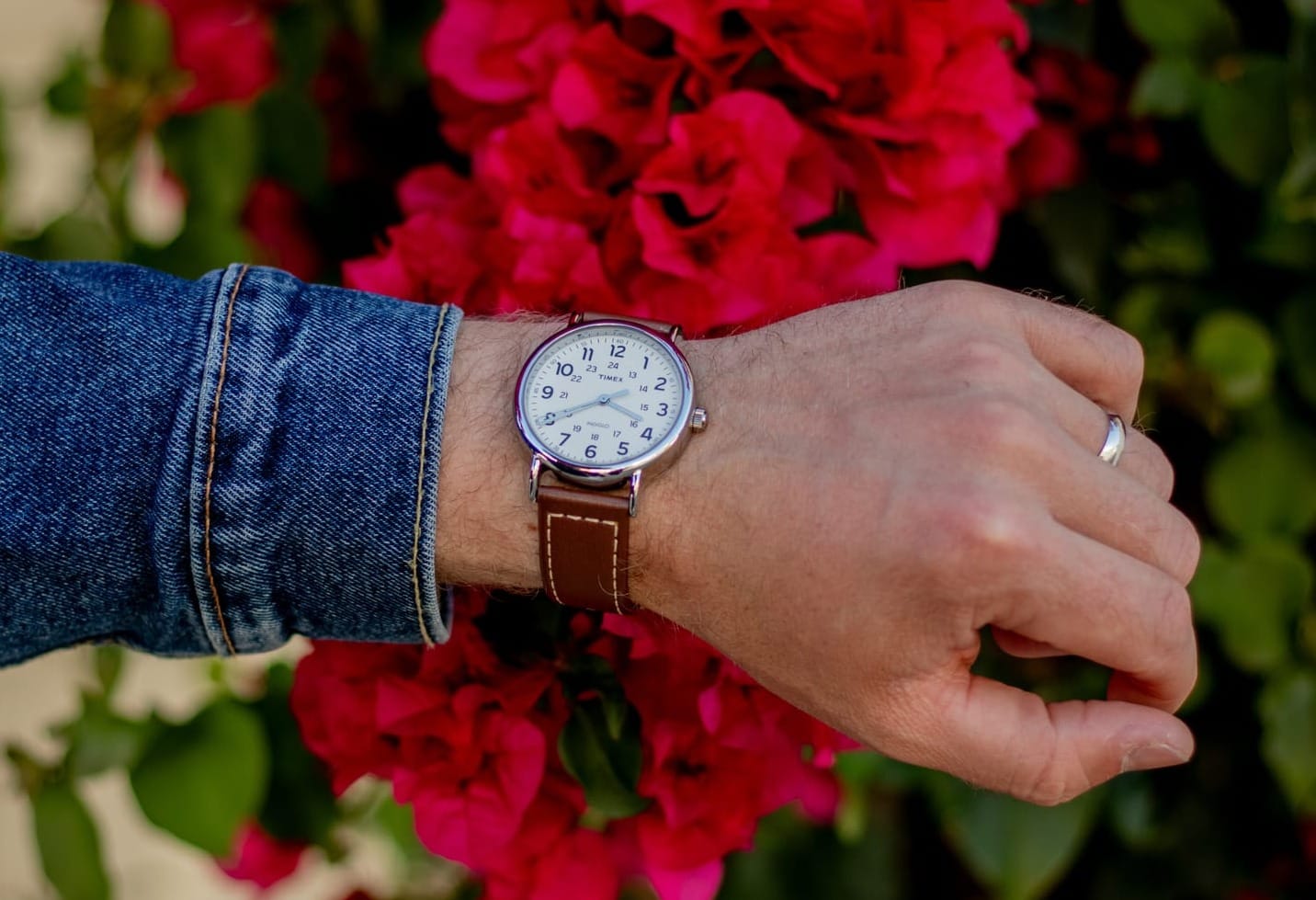
This probably sounds the most familiar to you.
Quartz movement relies on a small battery within the watch that transmits an electrical current to an installed quartz crystal, which vibrates and causes the gears to turn consistently, allowing the wearer to tell the time accurately.
This construction method was first pioneered by Seiko back in 1959 and has since prevailed as the most appealing option for mass-market consumption due to its affordable implementation.
Since quartz watches are battery-powered, they must eventually be replaced over time. Luckily, this is relatively easy to manage (in most cases); however, your experience may vary depending on which quartz watch you choose.
Who Are Quartz Watches For?
Purchase one or multiple quartz watches if you only care about a timepiece's appealing aesthetic.
Suppose you're not enthused by the daily ritual of winding a watch or the general craftsmanship that goes into a mechanical timepiece's construction (as described in the following sections).
In that case, quartz watches are the most affordable and straightforward choice.
Mechanical Movement
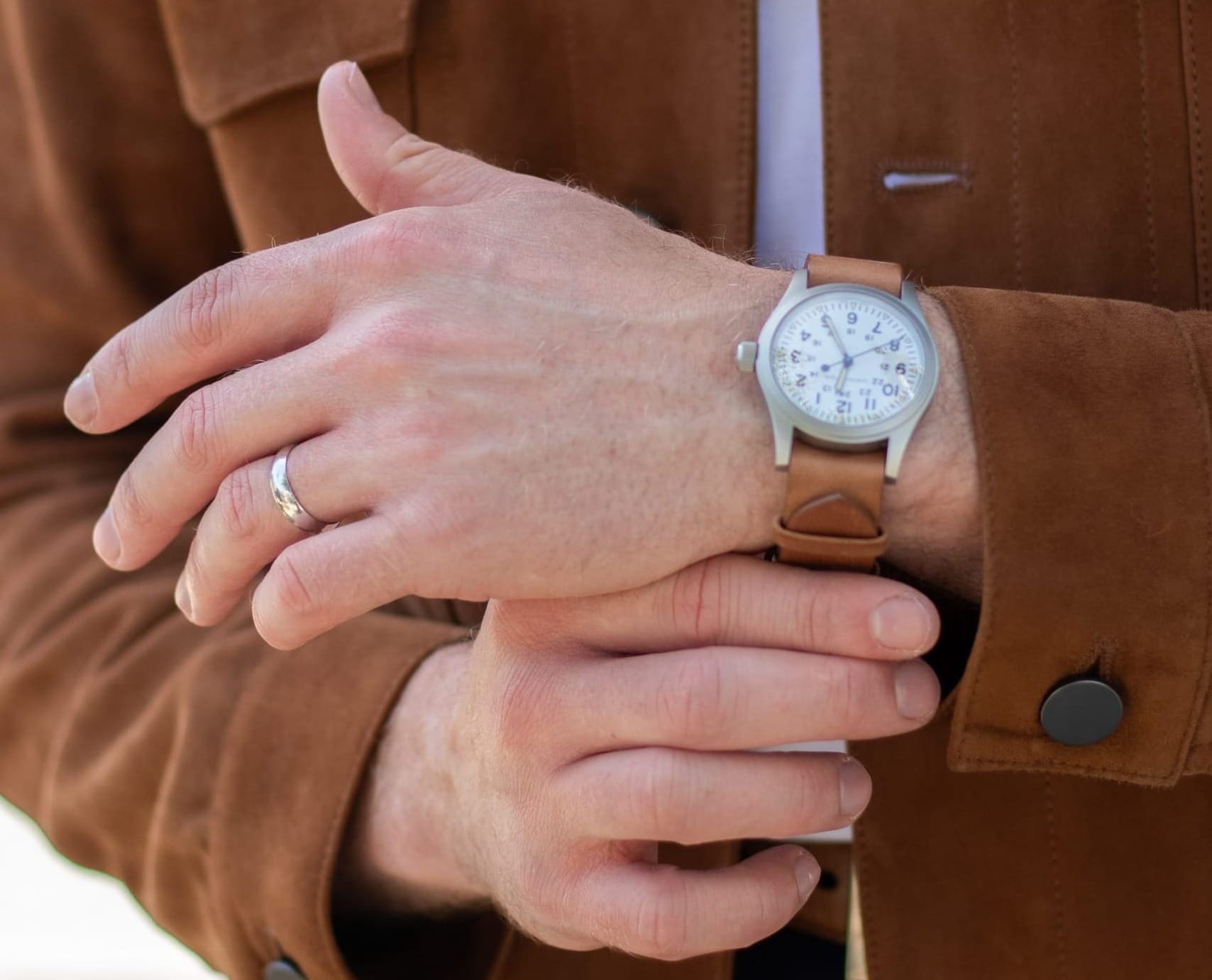
Mechanical watches must be physically wound each day. However, some higher-end brands of automatic watches are crafted with sufficient storage efficiency, allowing them to last several days without needing to be wound.
Powering a mechanical watch occurs by turning the crown (depicted below), which tensions the inner mainspring within the case. This mainspring gradually releases tension, providing power to the various networks of gears that enable the watch to keep time.
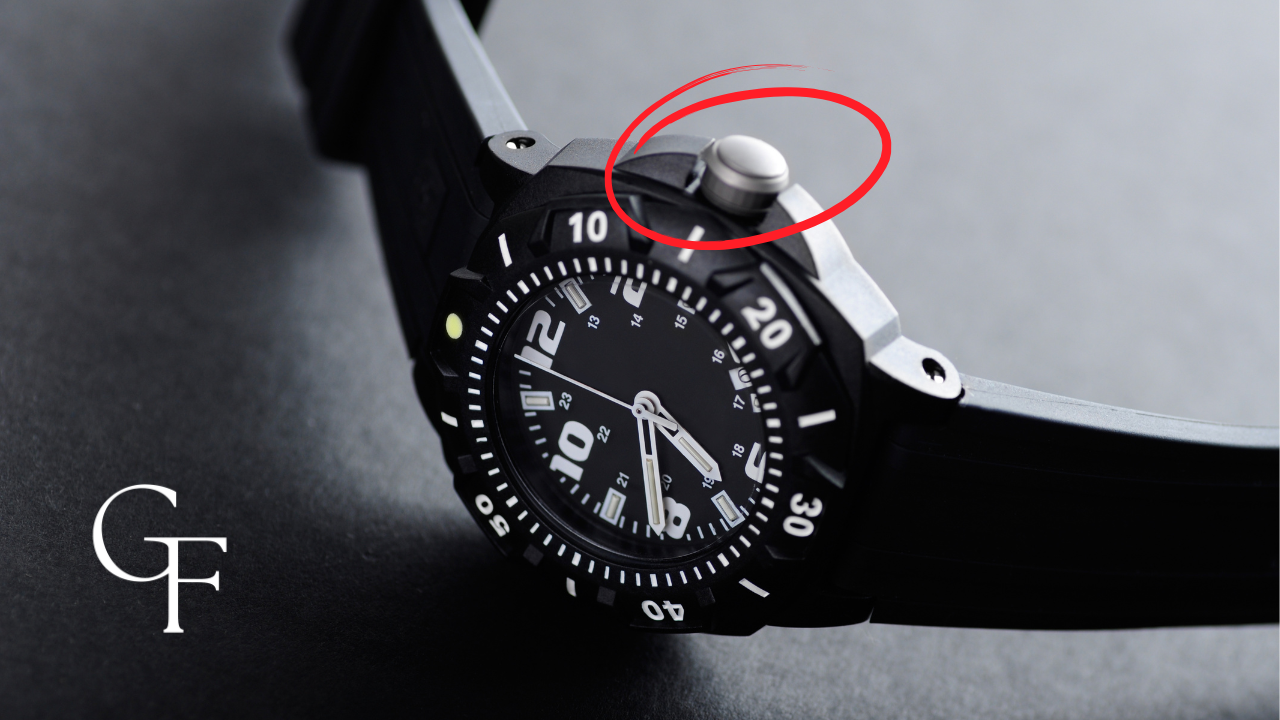
Who Are Mechanical Watches For?
Many watch enthusiasts admire the craftsmanship of mechanical timepieces and the practice of manually winding them each day.
If you're interested in committing to learning more about mechanical timepieces, purchasing one can be a rewarding experience.
Automatic Movements
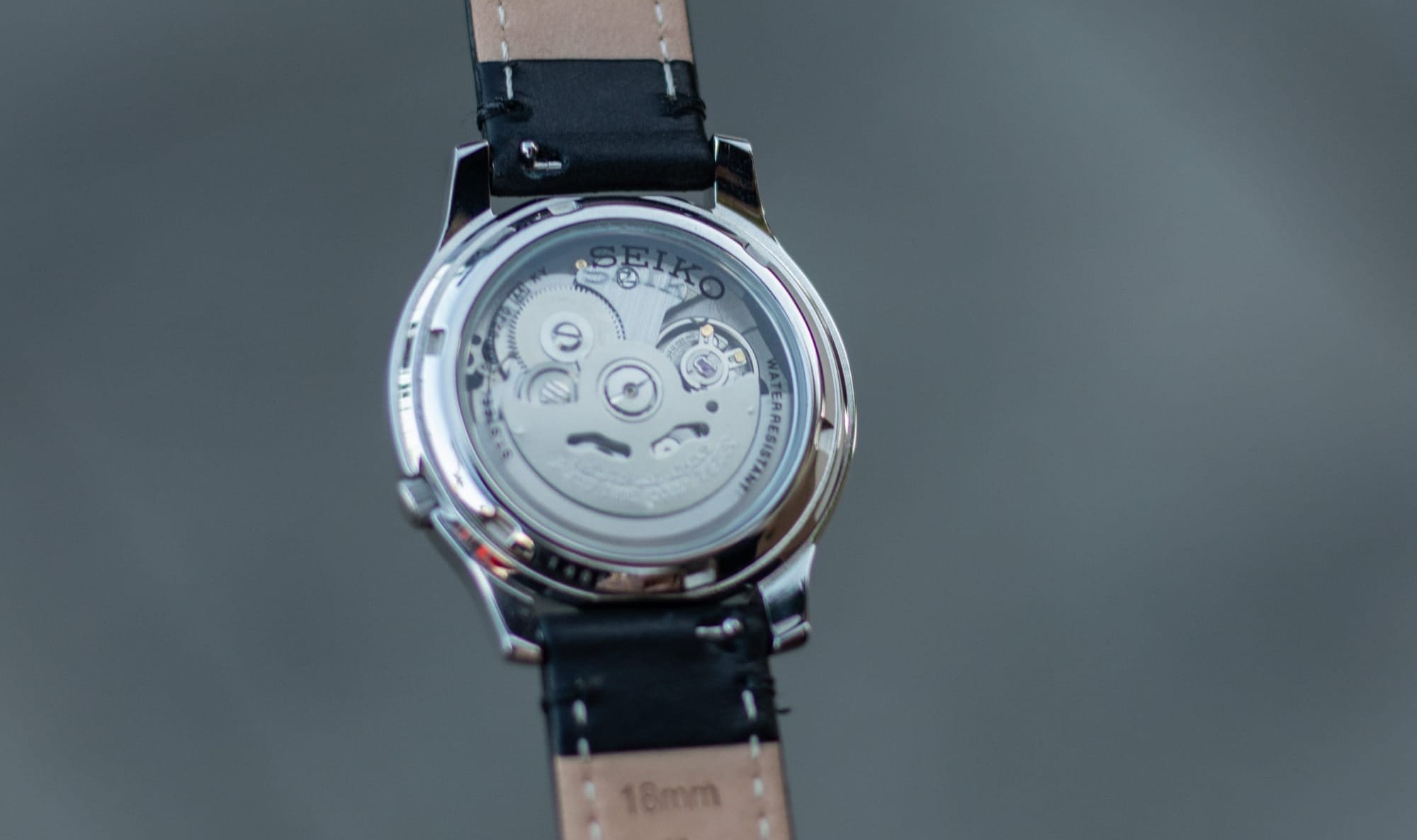
Automatic watches are categorized as mechanical because they fundamentally operate in the same way.
What differentiates automatic watches is that they do not require manual winding of the crown to tension the mainspring. Instead, automatic watches contain a weighted watch rotor (depicted above) that utilizes the kinetic energy generated by the natural movement of the wearer's wrist to tension the mainspring.
This rotor swings freely within the casing, winding the watch "automatically" simply by moving the wrist.
As you can guess, the accuracy of an automatic watch and its ability to keep ticking depend on being worn on the wrist or being rotated by a separate device to prevent it from stopping.
If left dormant for a prolonged period, the watch will resume operation shortly after the rotor begins moving, but you will most likely need to recalibrate it to the correct time of day.
This type of movement is relatively new and has only existed since the early twentieth century. Most higher-end watch brands will offer both mechanical and automatic movement functionalities; therefore, they tend to be much more expensive than quartz watches.
Who Are Automatic Watches For?
I recommend purchasing one or more automatic watches if you are serious about horology or watch collecting. If money is not an issue for you, that's great; however, if you are short on cash, consider your purchase of an automatic timepiece carefully.
Movement Components
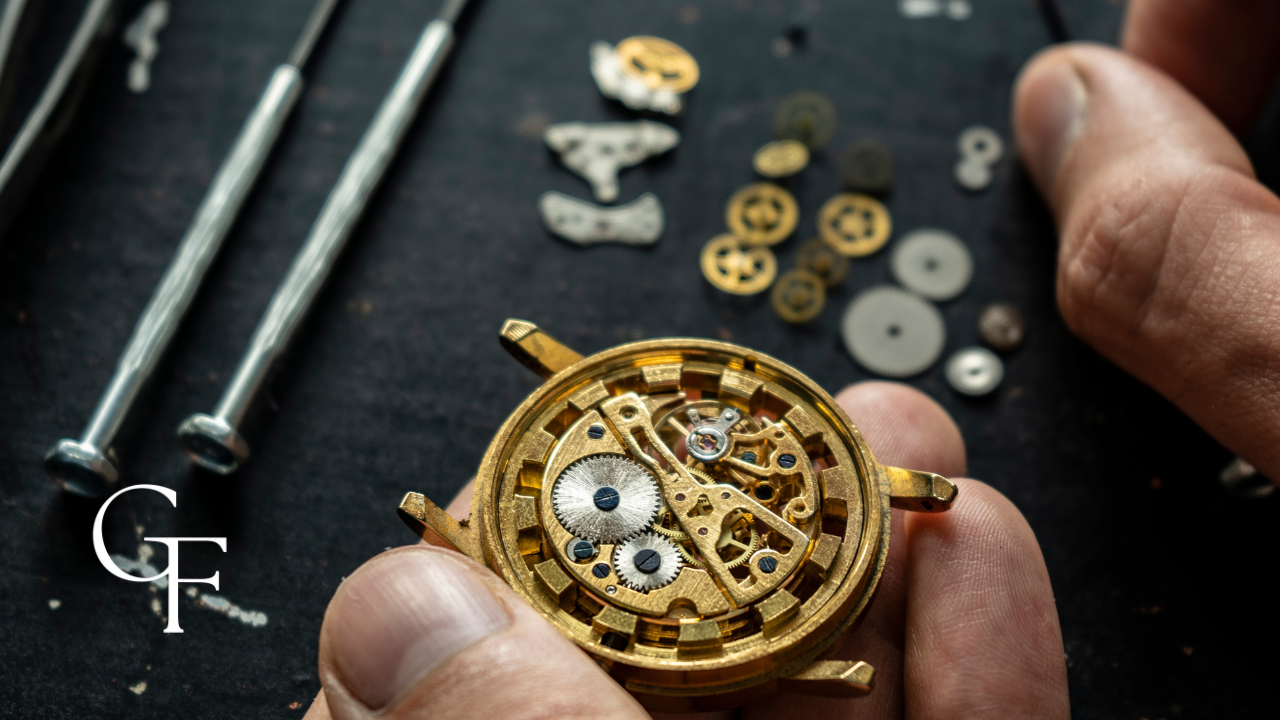
The main components of a watch movement include the mainspring, gear train, balance wheel, and escapement.
The gear train transmits energy from the mainspring to the escapement, which regulates the release of energy to the watch’s hands.
The balance wheel’s oscillations are linked to the escapement, providing a precise measurement of time.
Movement Maintenance
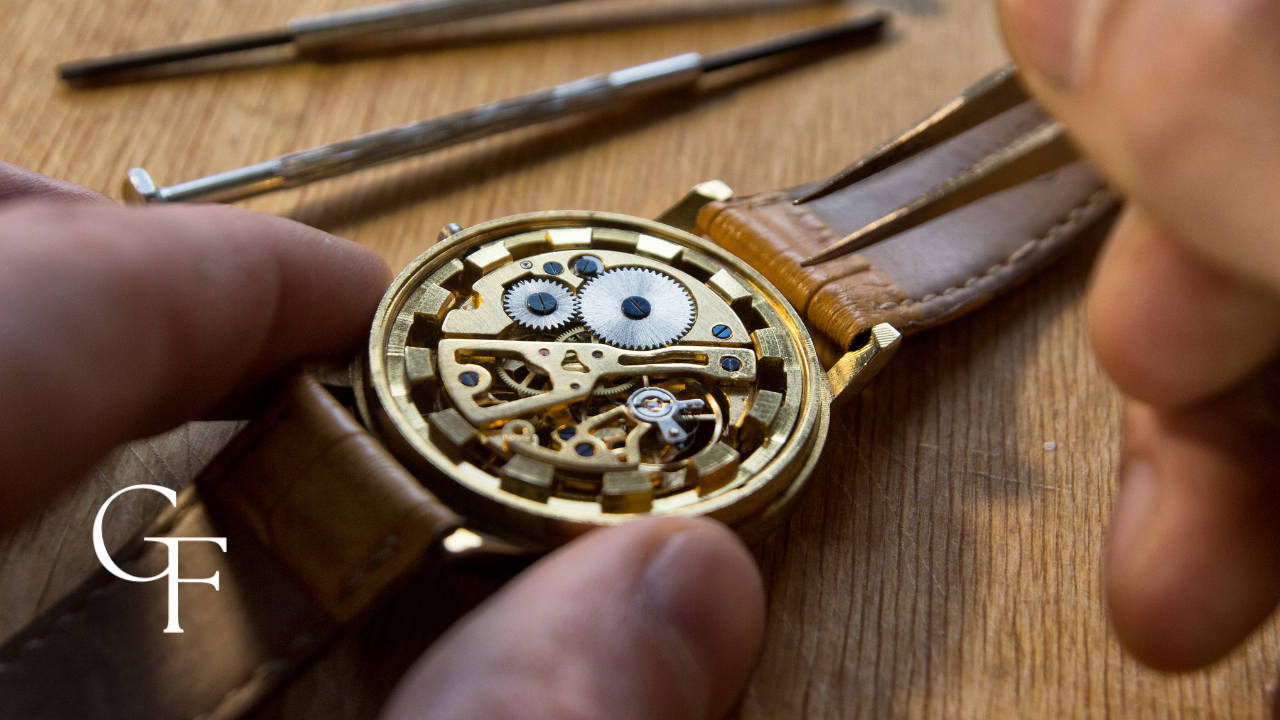
Watch movement maintenance involves regular cleaning and lubrication to ensure accurate timekeeping and prevent wear and tear.
Mechanical watch movements require periodic maintenance, including manual winding and cleaning.
Quartz watch movements require minimal maintenance, with battery replacement typically needed every one to two years.
Key Differences (Summing It Up)
The key differences between mechanical and quartz watch movements include accuracy, reliability, and maintenance requirements.
Mechanical watch movements are generally more accurate and reliable than quartz movements, but require more maintenance.
Quartz watch movements offer greater accuracy and demand less maintenance, though they may lack the charm and beauty of mechanical movements.
Ultimately, the choice between mechanical and quartz watch movements depends on personal preference and intended use.
The Quintessential Accessory

I understand; not everyone wears a watch, which becomes apparent when people ask others, "what the time is." However, possessing a versatile timepiece isn't just crucial for knowing the time of day; it also completes your outfit.
Believe it or not, some accessories can add that extra flair to further enhance your overall look.
Just like how you choose to dress, wearing a timepiece often conveys something about you, such as being a man who values time and keeps it in mind.
A watch doesn't have to be expensive, but it should be well-made to ensure longevity and remain interchangeable. Take what you have learned from this brief guide and choose wisely how to spend your hard-earned dollars.


